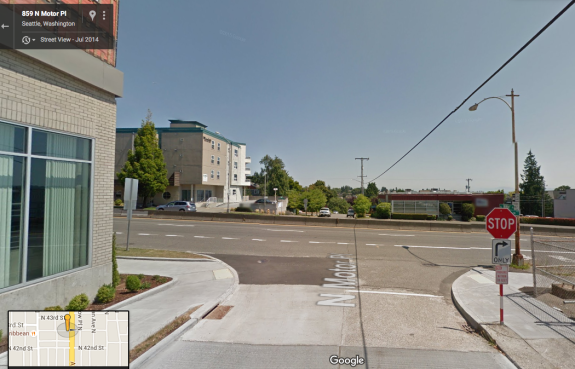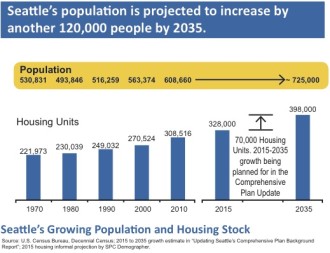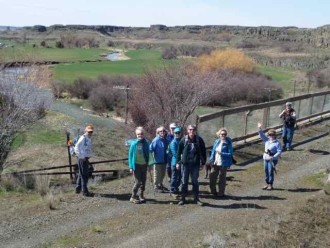While Mayor Ed Murray was giving a speech on the homelessness emergency in Seattle, five people were shot and two killed at a notorious camping area where Beacon Hill and I-5 meet.
Though information is still scarce, the mass shooting of Seattleites is a tragedy and highlights yet another terrible way life without a home is so dangerous.
We wrote earlier this week about HALA and the city’s proposed plan to increase affordable housing. At the far end of that housing spectrum is, of course, homelessness. 3,000 students in Seattle Public Schools are homeless, and four of five of them are children of color.
Without homes, people die. Last year, 66 homeless people died in Seattle. Our city’s lack of shelter is a public health crisis.
“If there had been an earthquake, if there had been a flood that had killed 66 people, the City would ask for and expect aid from the State and Federal government,” said Mayor Ed Murray Tuesday (full speech PDF). “And while this crisis has developed over time, the effects have been equally devastating.”
Murray outlined a number of ways the city is working to address homelessness, like increasing shelter beds, reworking the city’s approach to homelessness services and a housing levy vote in November double the size of the previous levy.
We can end homelessness. But we need to take even more dramatic action. (more…)












